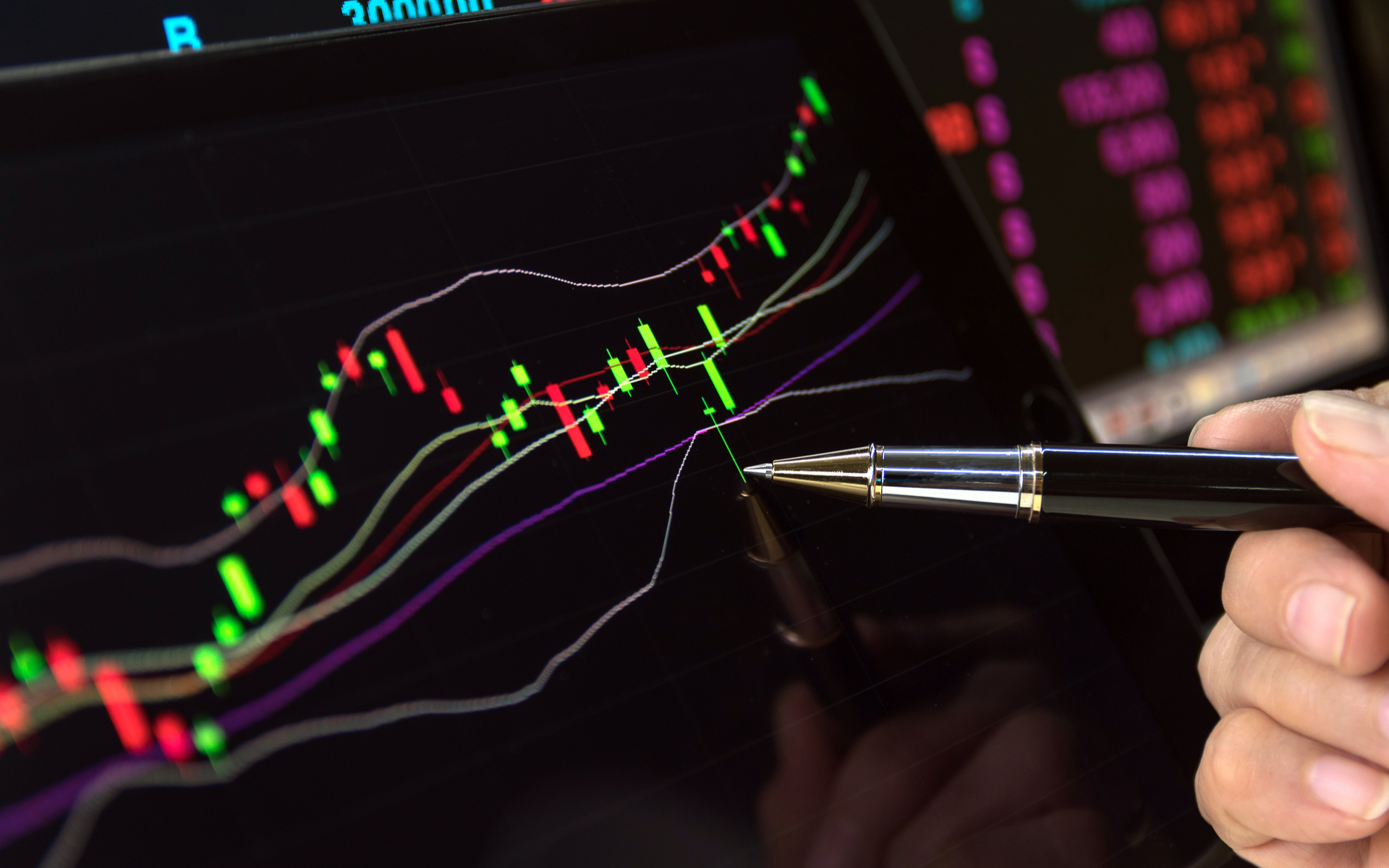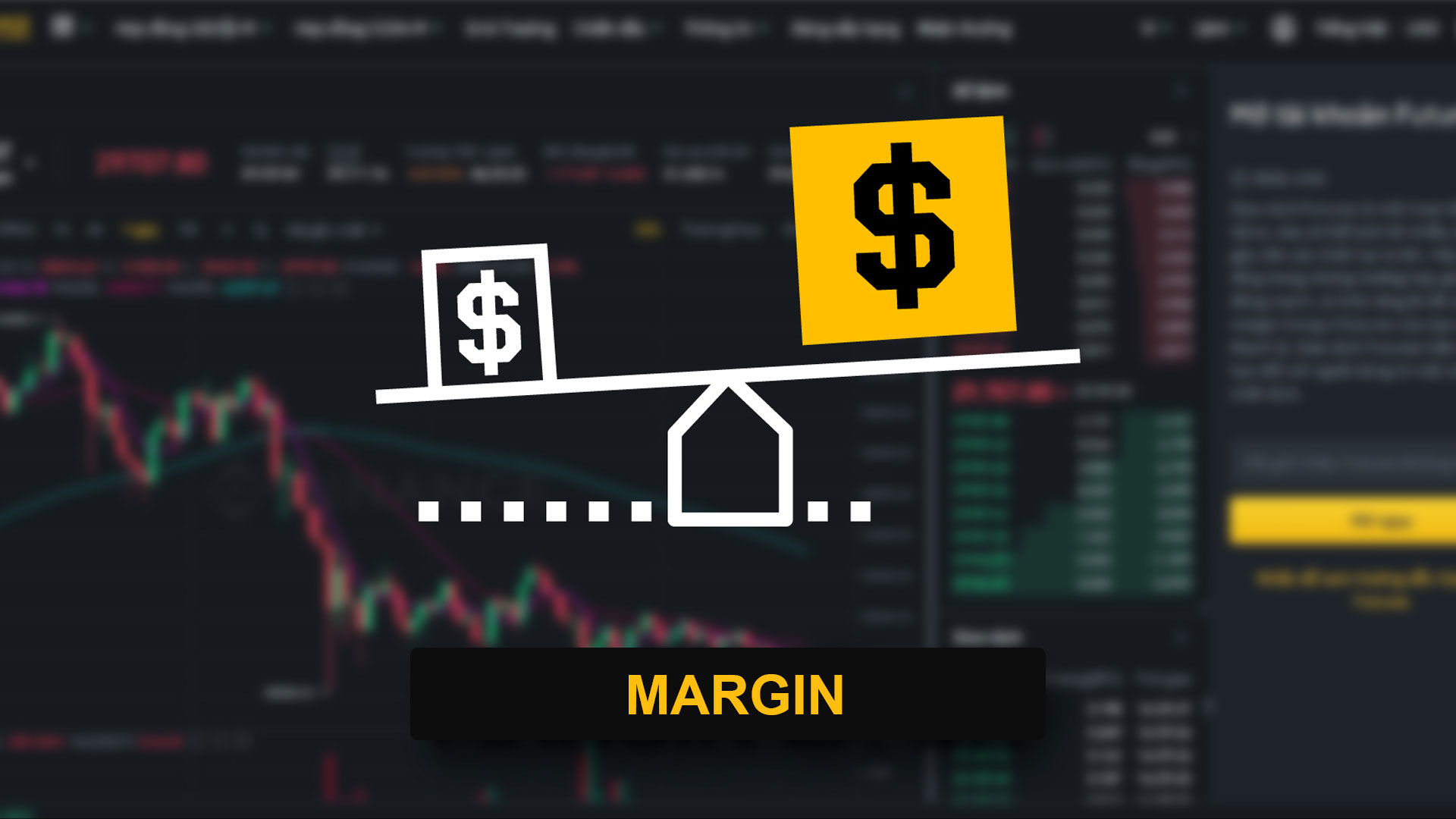Margin trading in cryptocurrency remains one of the most high‑stakes, high‑reward strategies in the digital asset world.
Unlike conventional spot trading, where you invest only what you own, margin trading allows you to borrow additional funds—often from exchanges like Binance, Kraken, or Bitfinex—to amplify your position size and, potentially, your profits.

This allure of leveraged returns has driven a dramatic rise in margin interest, especially in 2025, as open interest in crypto futures and margin accounts peaked to record levels.
But the power of leverage comes with immense risk. As platforms expanded access—some offering up to 200× leverage—many retail traders found themselves on the brink of liquidation amidst volatile price swings.
In this comprehensive article, we delve into how margin trading works, explore benefits and pitfalls, share case study insights (including the well‑known collapse of Three Arrows Capital), discuss platforms and strategies, and provide guidance.
Whether you’re a seasoned trader or just curious, you’ll gain research‑based understanding to navigate this demanding arena.
What is Margin Trading in Crypto?
Definition and Mechanics
Margin trading enables users to borrow funds from an exchange or platform to increase the size of their trading positions beyond their actual capital—this is known as leverage. Leverage ratios can range from moderate (like 2× or 5×) to extreme (100×‑200×).
- Collateral & Margin Account: You deposit your own funds, known as margin, into a margin account held at the exchange. This serves as collateral for the borrowed amount.
- Types of Margin: Isolated vs Cross
- Isolated margin confines risk to a single position.
- Cross margin uses all available account balance to support positions—risking your entire capital if one trade turns sour.
Example Scenario (Verbal, No Formulas)
Imagine depositing $1,000 and using 5× leverage to open a $5,000 crypto position. If the asset moves up 5%, that $250 change translates to a 25% gain on your margin. Conversely, a 5% drop can bring you perilously close to liquidation.
Benefits and Risks of Margin Trading
Key Benefits
- Amplified Profits: Leverage turbocharges gains from favorable moves.
- Capital Efficiency: You control larger positions without committing all your capital.
- Hedging & Strategy Flexibility: Margin allows complex positioning—like hedging or shorting—even when capital-constrained.
Primary Risks
- High Risk of Liquidation: Even minor price shifts can wipe out positions—especially at high leverage.
- Interest Costs & Fees: Borrowing incurs interest and various trading fees, cutting into profitability.
- Emotional Stress & Discipline Required: Margin trading demands emotional control, strategic planning, and consistent risk management.
Market Trends and Case Studies
Surge in Margin Activity (2025)
Margin usage surged in 2025, with open interest on futures reaching historic highs. Retail traders across major platforms increasingly tapped into leverage options—some up to 200×—fueled by growing availability and accessibility of margin products.
High-Profile Collapse: Three Arrows Capital
Three Arrows Capital (3AC), once managing up to $10 billion in crypto, collapsed spectacularly in mid‑2022. A series of margin calls went unmet, triggering forced liquidations that left creditors with claims estimated at over $3.5 billion.
The fund was ordered to liquidate by a court in the British Virgin Islands. This disaster underscores how unchecked leverage can devastate even sophisticated traders.

Platforms, Tools, and Strategy Tips
Exchanges and Platforms
Major platforms offering margin trading include Binance, Bitfinex, Kraken, and others—providing varying leverage options and account types. They often require KYC and offer both spot margin and derivatives-based margin trading, including perpetual futures Coinbase.
Strategic Approach
- Start with Isolated Margin: Limits risk to individual trades Leverage.
- Moderate Leverage (3×–10×): Safer for beginners; dramatically lowers liquidation risk Leverage.
- Always Monitor Liquidation Price: Simulate scenarios before risking capital Leverage.Trading.
- Use Stop‑Loss Orders & Reserve Capital: Helps prevent catastrophic losses if the market moves suddenly.
- Analyze Behavior Data: Platforms show that failing to review liquidation risk correlates to 5× greater chance of account blowouts Leverage.Trading.
Conclusion
Margin trading in crypto offers a potent blend of opportunity and peril. When masterfully managed—with sound risk strategies, disciplined execution, and thoughtful leverage—it can dramatically boost returns. Yet the same power can obliterate accounts in an eye‑blink through liquidation, fees, and emotional missteps.
As margin markets swell in 2025, traders must balance aggressive strategy with caution. Start small, use tools to pre‑assess risk, stick with isolated margin, and always keep a margin of safety.
For those who document their journey via blogs or trading platforms, exploring a trader ai link to amplify your insights and methodology could be an intelligent addition—leveraging AI trading tools and commentary to support your margin strategies.
A trader ai resource can provide data-driven insights, helping refine timing, risk thresholds, and execution.
In essence, success in margin trading comes not just from leverage, but from learning, adapting, and managing the inherent tension between risk and reward.
FAQ
What is the minimum capital required for crypto margin trading?
While some platforms allow you to start with as little as $100, a more practical baseline is $500–$1,000 to cover fees, maintain reserves, and allow flexibility.
How much leverage is safe for beginners?
Limits like 3× to 10× are advisable for new traders; higher leverage carries exponentially greater risk of liquidation.
What’s the difference between isolated and cross margin?
Isolated margin confines risk to one trade; cross margin uses your full account balance to support positions—potentially risking all capital.
What triggers a margin call or liquidation?
When your collateral falls below a maintenance threshold, the exchange may require more funds (margin call) or automatically close your position (liquidation) to protect itself.
Are there real examples of margin trading gone wrong?
Yes—Three Arrows Capital’s collapse in 2022, after failing multiple margin calls, is a stark case study in leveraged overreach KoynCrypto Margin TradingWikipedia.
How have margin markets evolved in 2025?
Margin trading and futures open interest reached record highs, with more traders accessing high-leverage products up to 200× ABC Money.
Can borrowing costs outweigh profits?
Yes. Daily interest and fees can significantly eat into leveraged gains, especially on longer holding periods BitDegree.
How can a trader ai tool help in margin trading?
A trader ai platform may offer data-driven insights, predictive models, and execution tools to optimize entry, monitor liquidation risk, and support disciplined trading.
Should complete beginners start with margin trading?
No—spot trading is wiser for newcomers. Margin requires deep understanding of leverage, risk, and emotional control.
How can traders protect themselves emotionally?
Setting strict rules, using stop-loss orders, simulating trades beforehand, and limiting leverage helps maintain discipline and reduce impulsive decisions.

